After spending several days exploring the stunning landscapes of Alberta, I decided to end my Canadian adventure on the West Coast. I made my way to British Columbia, where I spent a few days in Vancouver, often ranked among the most livable cities in the world.
My way to Vancouver
I took a bus to get to Vancouver, hoping to save some money by spending the night on board instead of paying for an extra hotel stay. In theory, it sounded like a smart choice, but in reality, I wouldn’t recommend it. The overnight ride lasted over 13 hours and cost me CAD 161, but the experience left me more exhausted than anything else. I was seated near someone who played music and videos loudly, making it difficult to get any rest. The bus itself wasn’t very comfortable either, especially after so many hours. Part of my motivation for choosing the bus was the chance to see the mountains in the early morning light. Unfortunately, when the sun came up, the window beside me was so dirty that I could barely see anything. The scenery only started to become truly visible when we made a stop, possibly in the town of Hope, about 150 kilometers from Vancouver. Hope is known as the filming location for Rambo: First Blood, and from what I could glimpse, the surrounding landscapes were stunning.
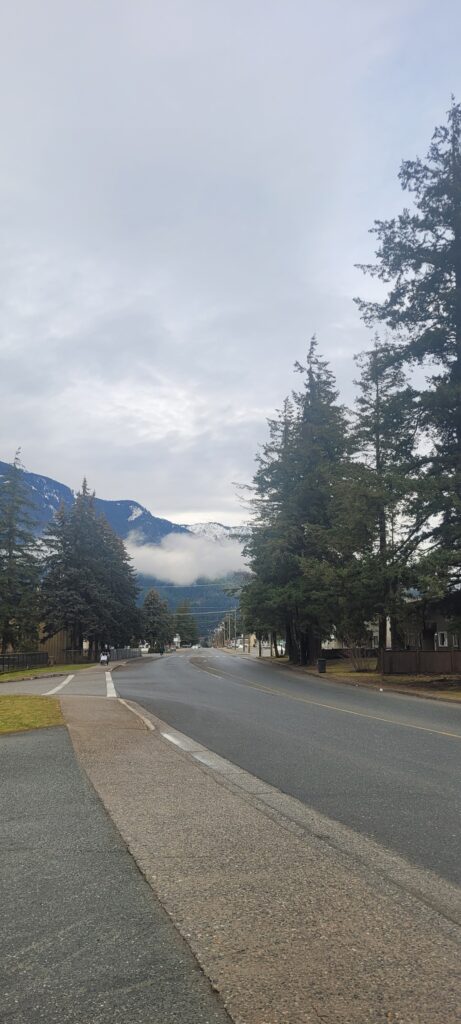
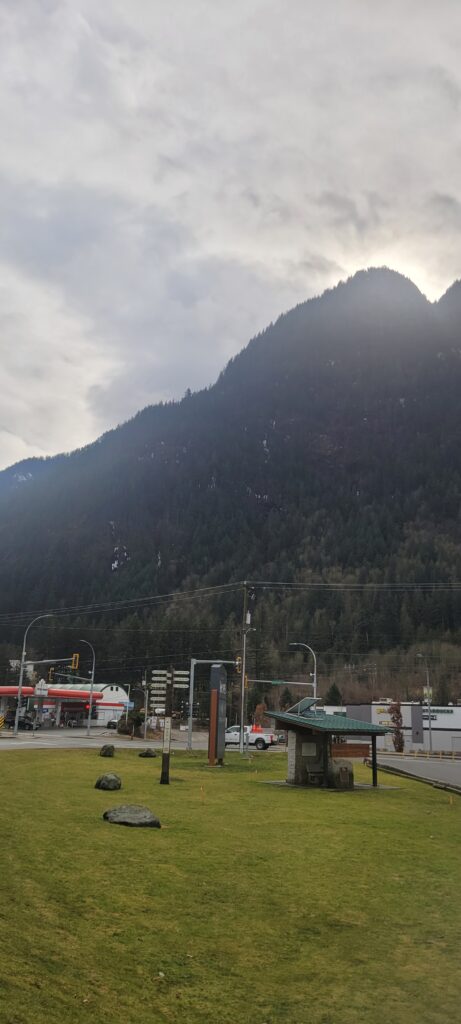
My Arrival in Vancouver
As soon as I arrived at Pacific Central Station, I was completely soaked, welcomed to Vancouver by its famously rainy weather. Despite the wet start, I quickly found my way to the SkyTrain, the city’s fast and efficient public transit system. The fare depends on the number of zones you travel through, but overall, it’s a convenient and affordable way to get around the city.
For accommodation, I paid 523 CAD but it was a bit more than usual, but it was absolutely worth it. I had a spacious apartment all to myself, right in the heart of the city. It was convenient, well-equipped, and came with a stunning view of Vancouver’s skyline, an ideal base for exploring the city, especially after a long and tiring journey.
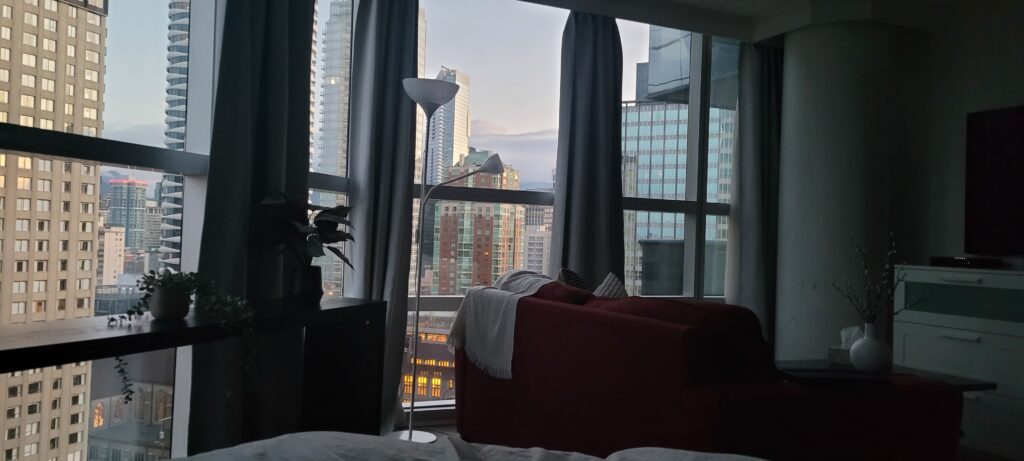
I I started my visit by exploring Granville Street and Granville Island. Granville Island had a unique charm with its artisan shops, food market, and lively atmosphere. One of the things that drew me to Vancouver was the promise of a rare mix, mountains, beaches, and parks all in one place. And it didn’t disappoint. The parks were greener than I expected, especially considering it was still winter. As I walked through the city, I loved how you could look to one side and see sleek modern buildings, and to the other, a backdrop of mountains and lush nature.
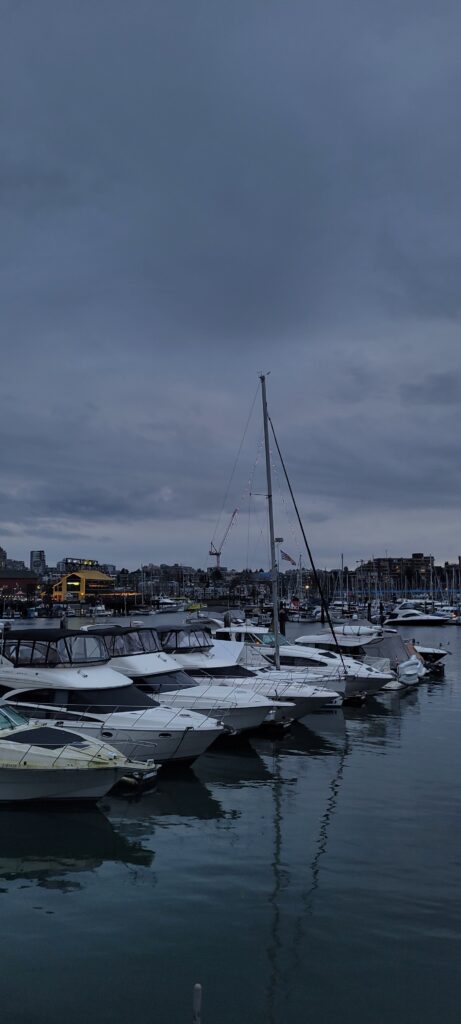
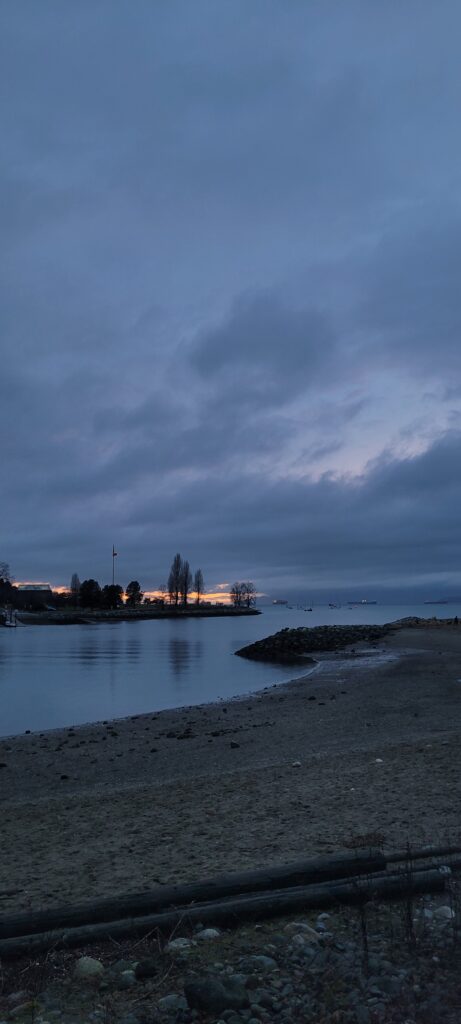
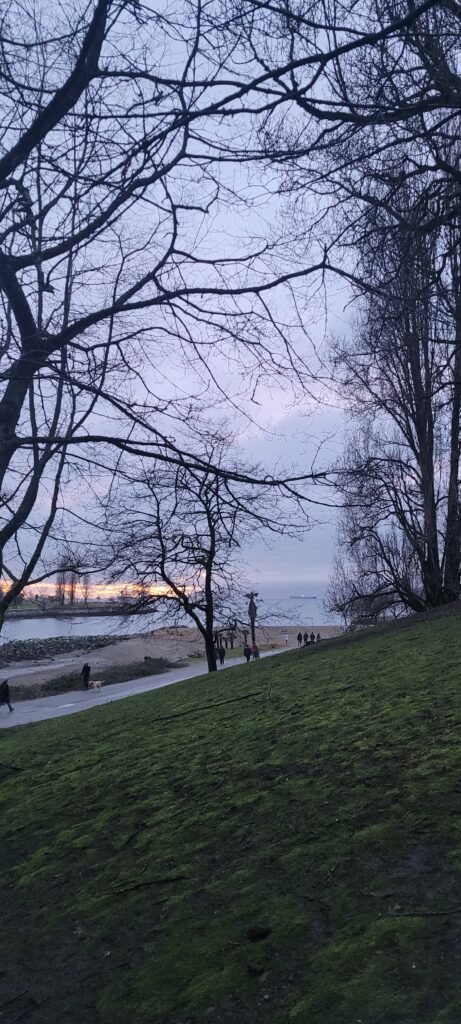
City views, Stanley Park and Capilano Bridge
On my second day, I took advantage of the good weather and decided to walk along the waterfront. My plan was to explore Stanley Park, one of Vancouver’s most iconic spots. The Seawall path that winds around the park offers stunning views, you can stroll right beside the ocean, and with just a turn of your head, you’re surrounded by dense forest. The contrast is breathtaking. I ended up walking for over five hours.
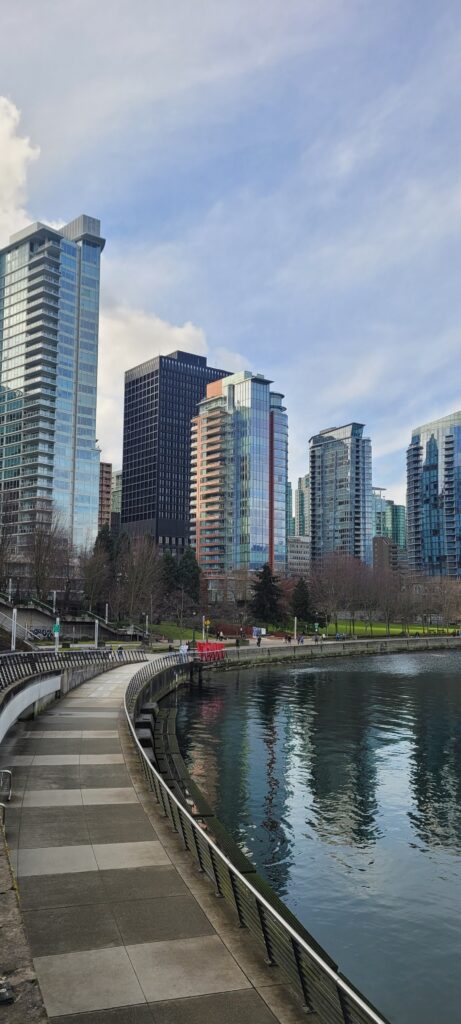
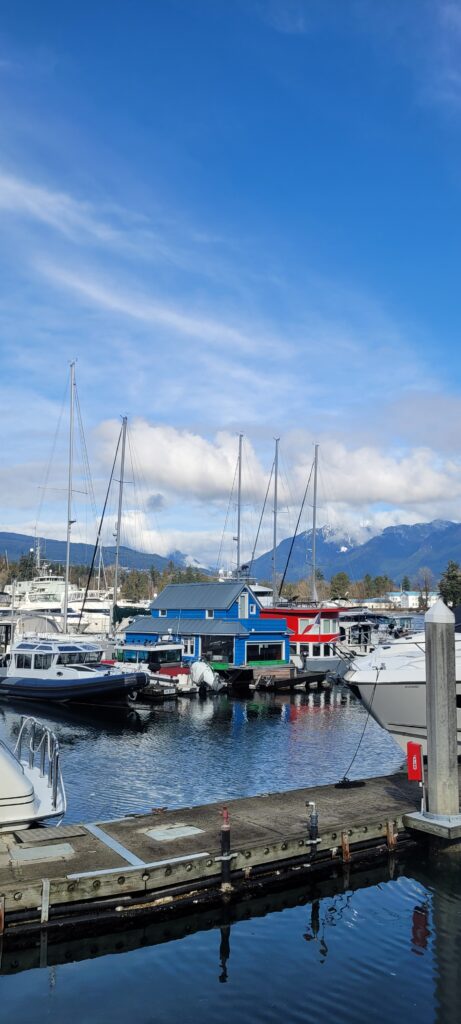
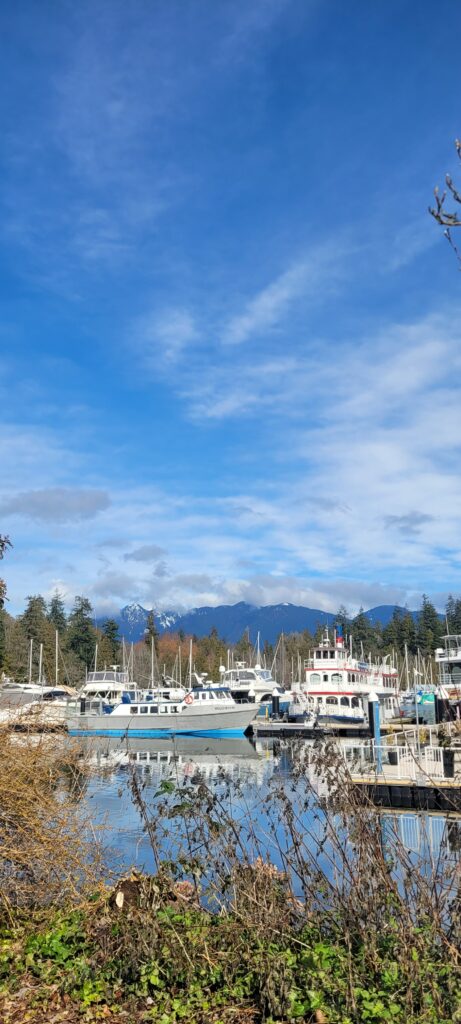
The more I walked, the more I noticed clouds starting to roll in out of nowhere, a typical Vancouver twist. Along the way, I passed several interesting landmarks, like the Harry Jerome Statue, representing the sprinter who won the Tokyo Olympics in 1964. I also saw the famous Totem Poles, famous art from the First Nations, and the “Girl in a Wetsuit” sculpture sitting calmly by the water. I also enjoyed a beautiful view of the Lions Gate Bridge, stretching across the water with the mountains in the background.
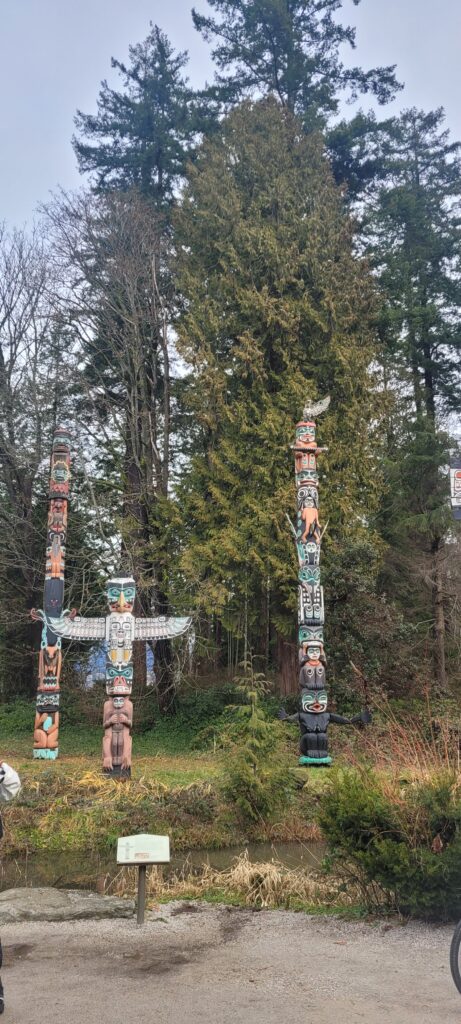
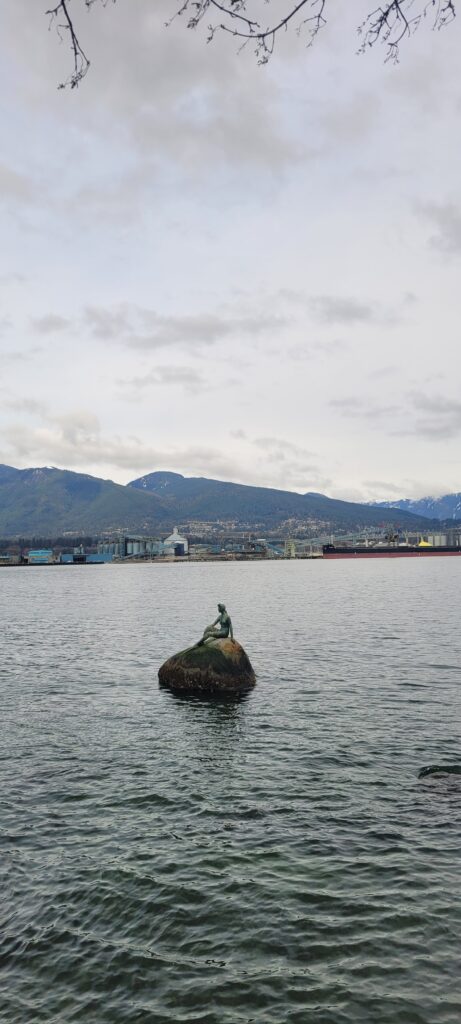
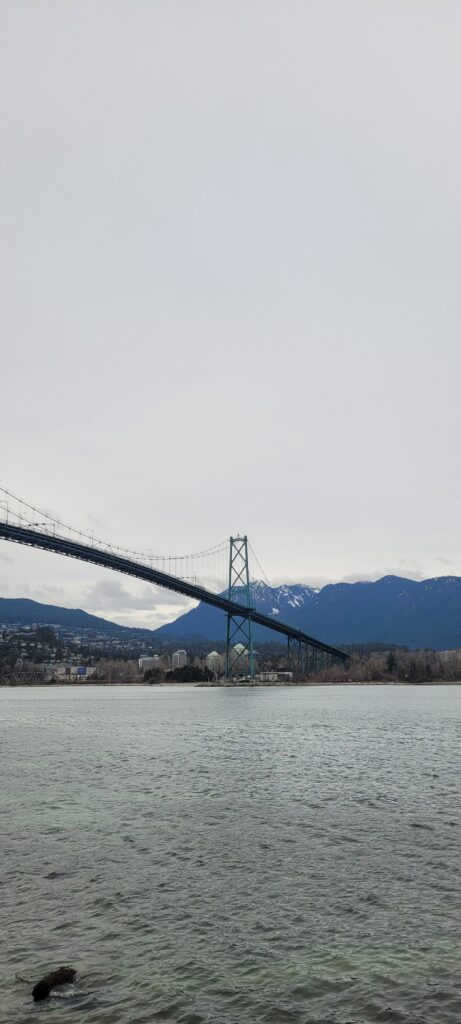
After that, I made my way to the Capilano Suspension Bridge, one of Vancouver’s most iconic attractions and a must-visit if you’re in the area. Originally built in 1889 by George Grant Mackay, a Scottish civil engineer and park commissioner, the bridge was made of hemp rope and cedar planks. Capilano takes his name from the Squamish Nation, who land extends in Capilano river, stands below the bridge. Today, it’s a much sturdier structure, spanning 137 meters (450 feet) across and hanging 70 meters (230 feet) above the Capilano River. The visit is completed by the Treetops Adventure, a series of suspended walkways that offer you more adrenaline and a very beautiful view of the area. For this attraction, I paid CAD 70 but after 5pm is less pricy, I think you can at least pay CAD 50.
For me, it was great to acknowledge the heritage of First Nation, including totem poles and cultural explanations in order to honor the Indeginous community, who cared the land long before the arrival of the Europeans.
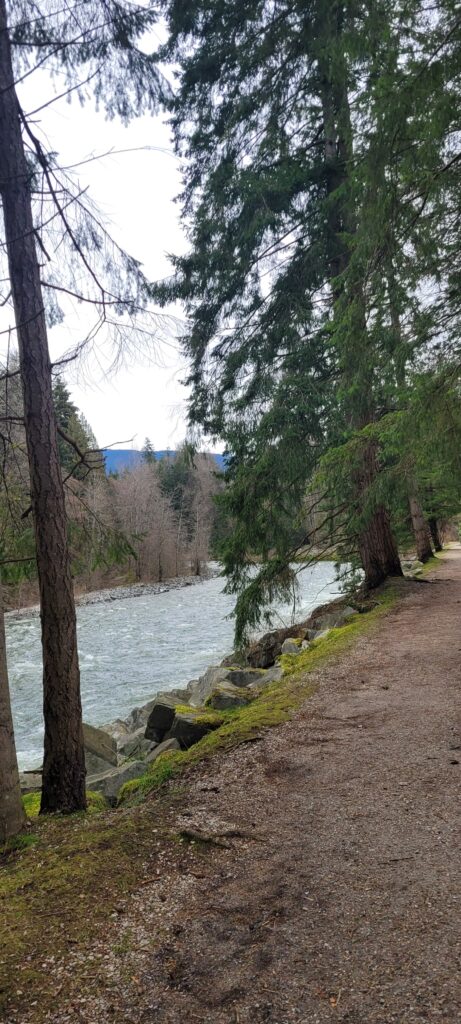
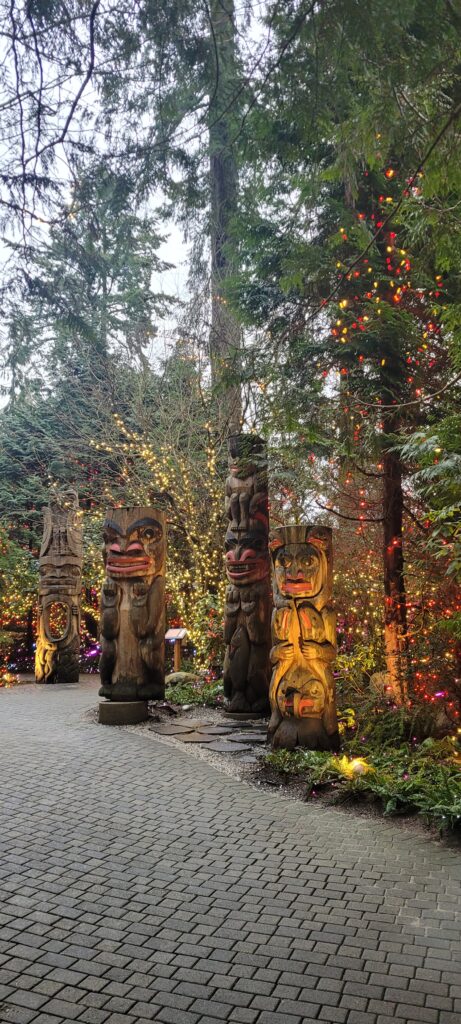
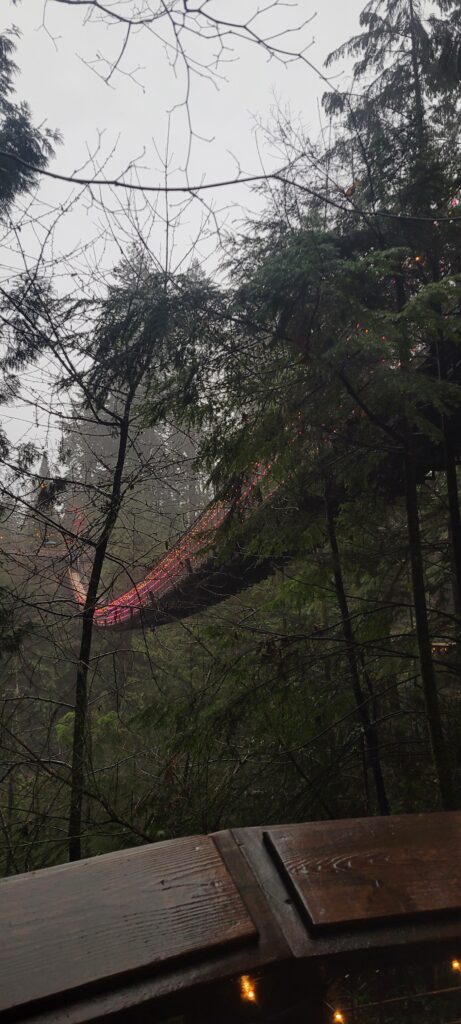
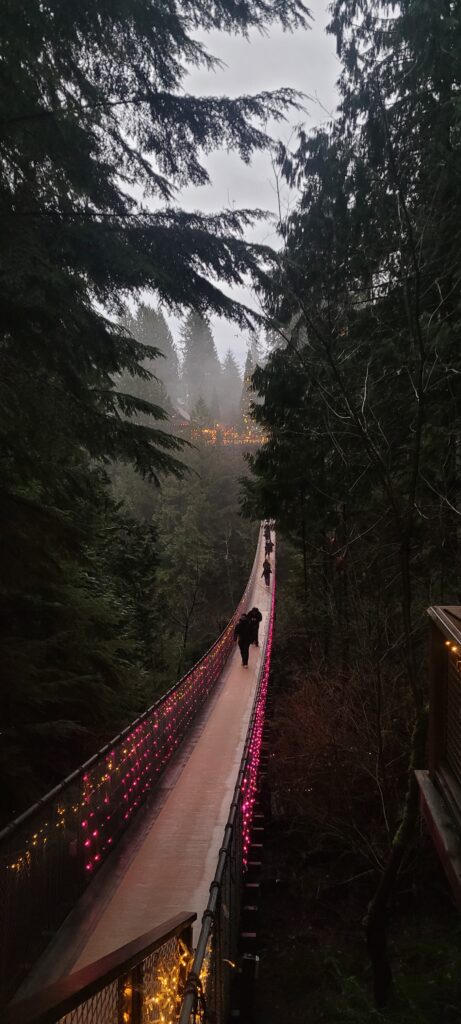
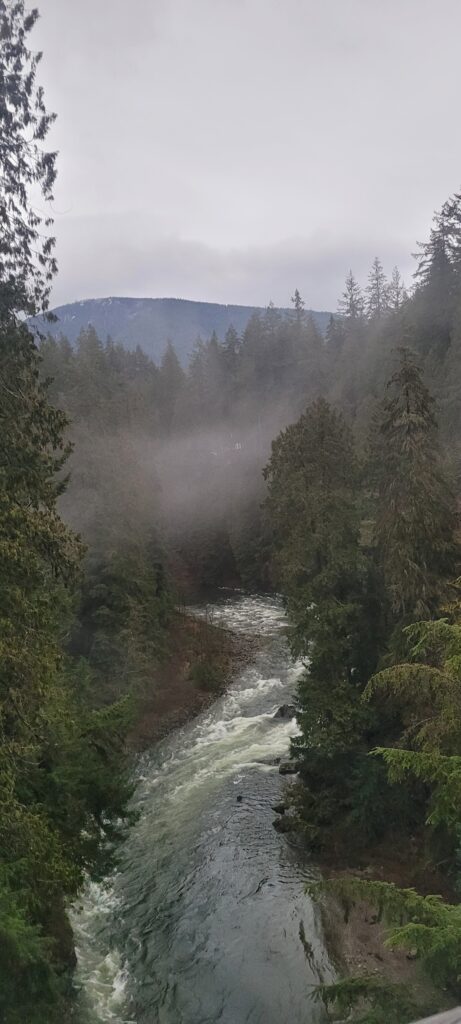
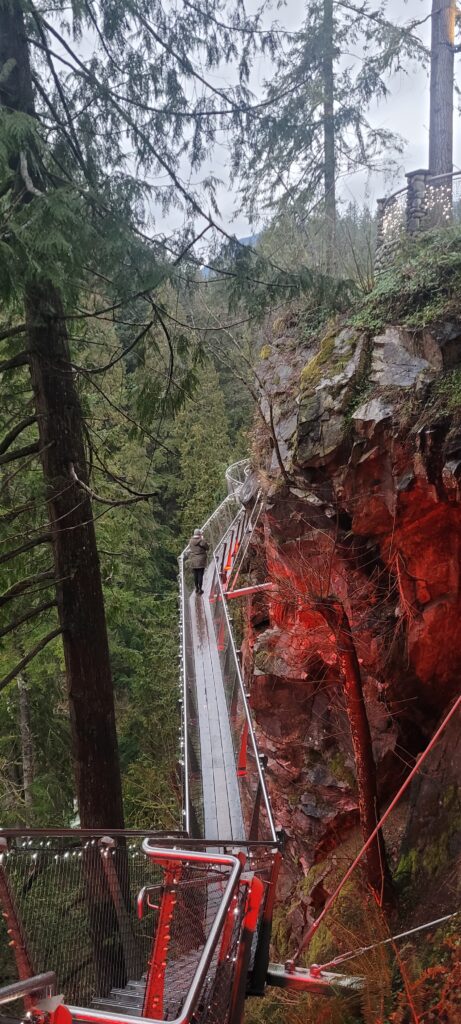
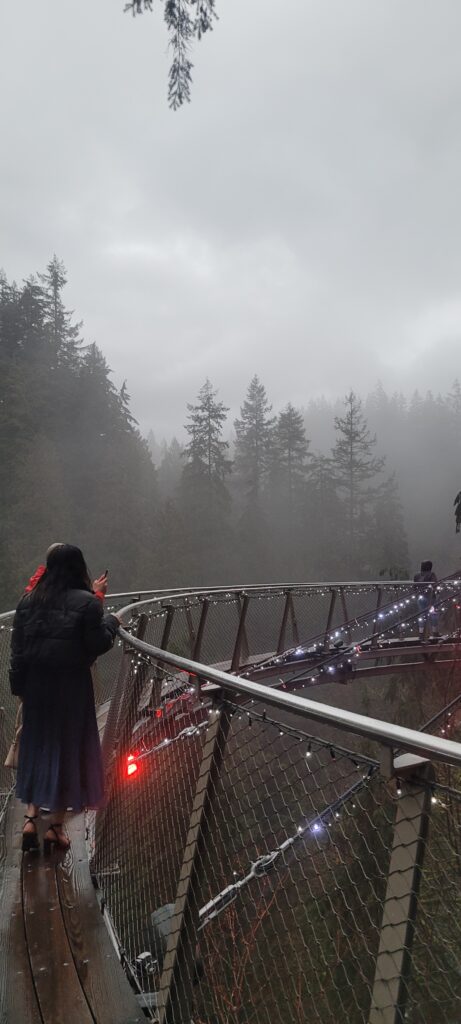

Gastown, Canada Place and Chinatown
I spent my last day exploring downtown Vancouver because I wanted to soak in the city’s atmosphere one last time and get a feel for how people actually live here. Honestly, I love spending time just walking around, observing locals, and absorbing the everyday life of the places I visit.
I decided to return to Granville Island, but this time I took a boat shuttle, a fun and easy ride that takes just a few minutes across the water. Once you arrive, you find yourself in a lively hub filled with art galleries, craft shops, and a large public market. The atmosphere has a bit of a hippie, artistic vibe that makes it feel very laid-back and unique. While there, I tried Salmon Candy, a traditional Indigenous snack made from smoked salmon glazed with maple syrup.
From the island, you get a peaceful view of the Vancouver skyline reflected in the water. It’s the perfect spot to take a deep breath, sit down, and just enjoy the calm.
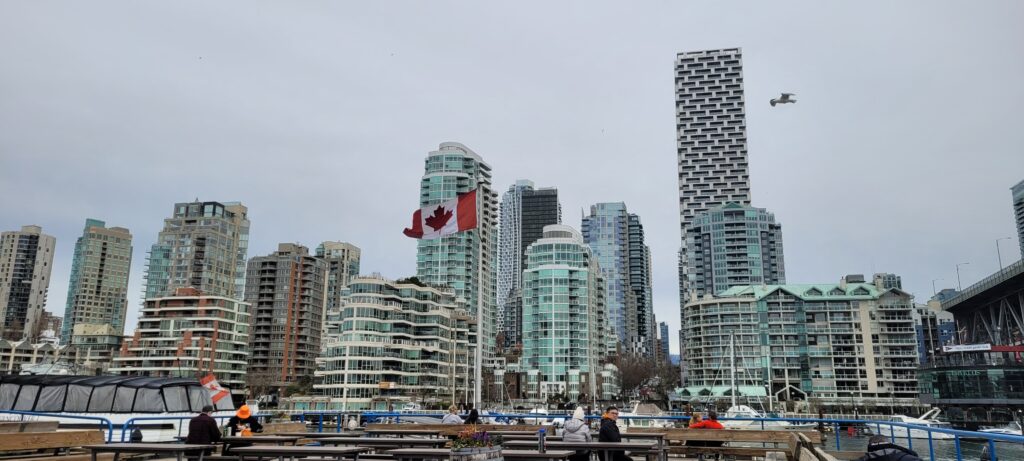
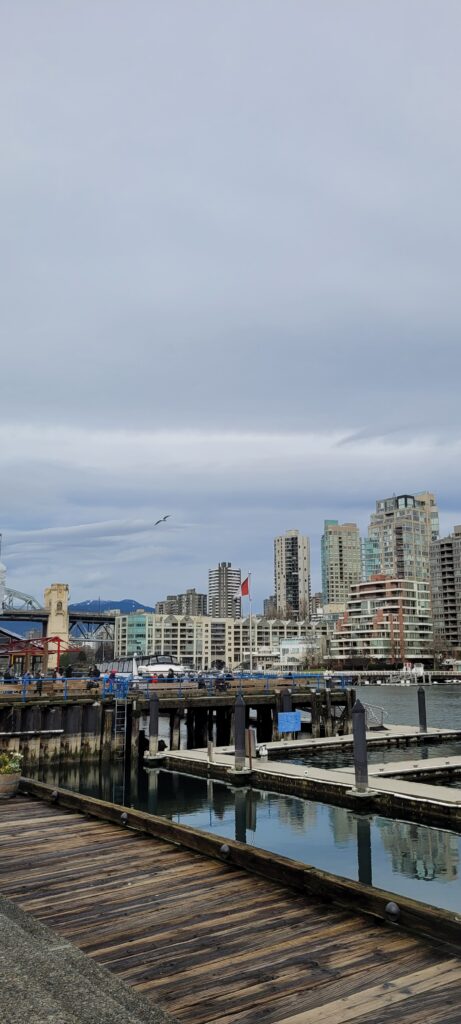
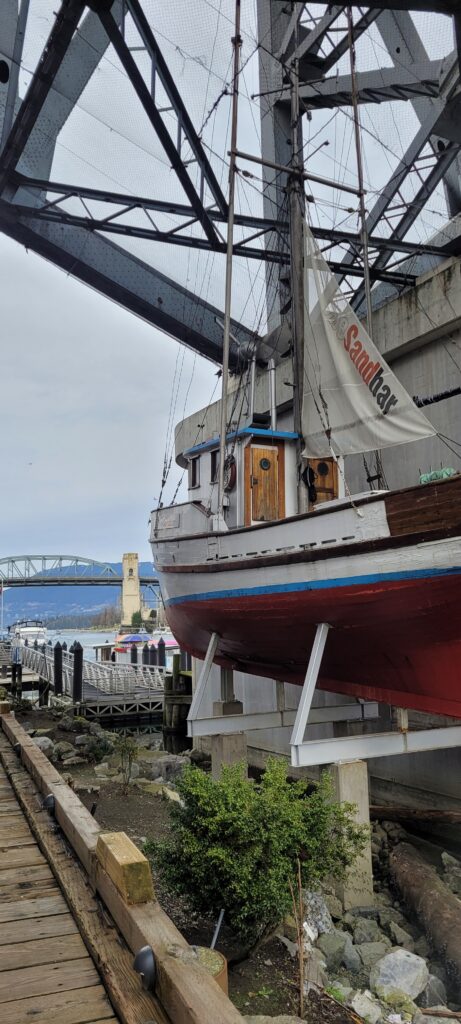
After that, I decided to take a walk along Vancouver Harbour. I passed by Canada Place, a huge and quite impressive convention center designed to look like a ship with its iconic white sails. From there, you can enjoy a clear view of North Vancouver on the opposite side of the water, the landscape is especially beautiful on a clear day.
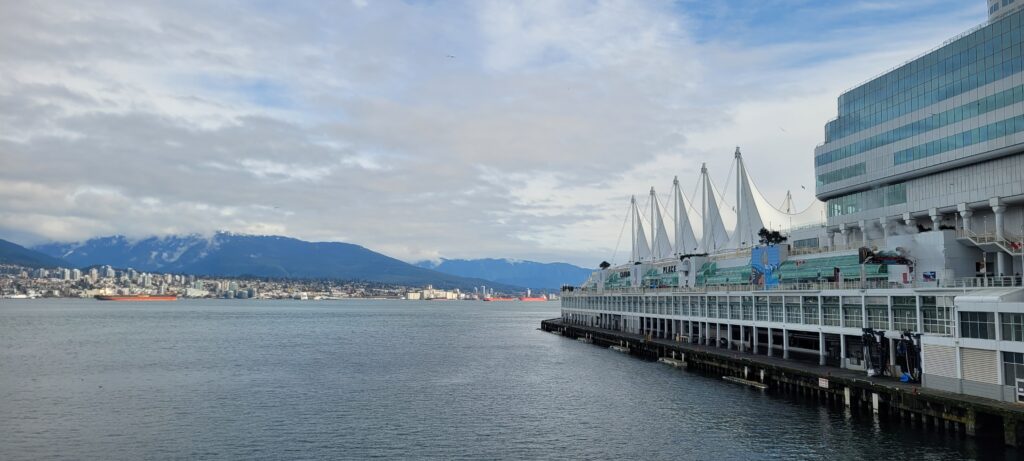
If you head east from Canada Place, you’ll come across the Angel of Victory, a striking bronze sculpture created to honor the Canadian Pacific Railway employees who lost their lives during World War I. The statue shows an angel lifting a fallen soldier toward the sky, a powerful and moving tribute.
From there, I continued on toward Gastown, which is known as the historical heart of Vancouver. The atmosphere reminded me a little of London’s old neighborhoods, with its brick buildings and vintage charm. One of the must-see spots here is the Gastown Steam Clock, an iconic landmark that draws tourists all year round. In this part of the city, you’ll also find plenty of souvenir shops, craft stores, and cozy cafés.
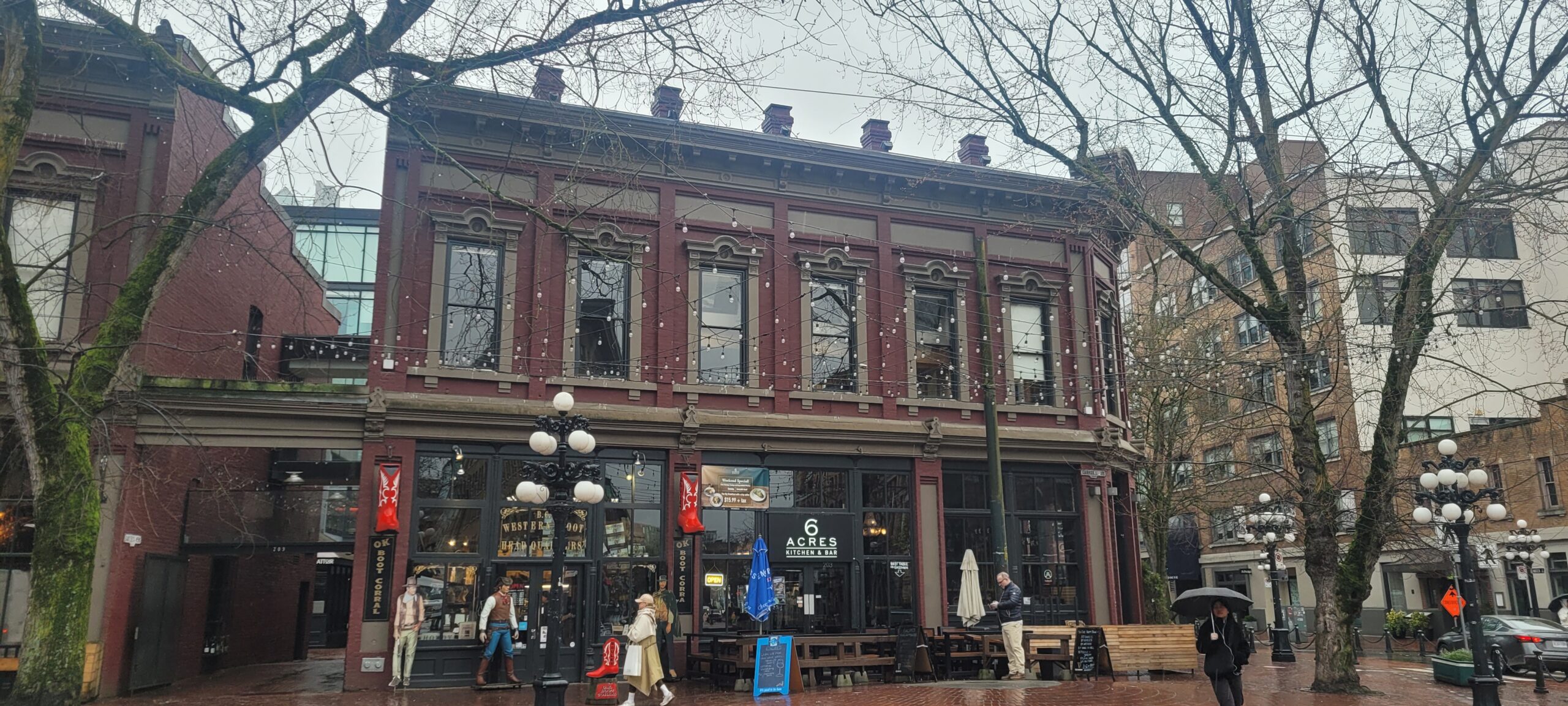
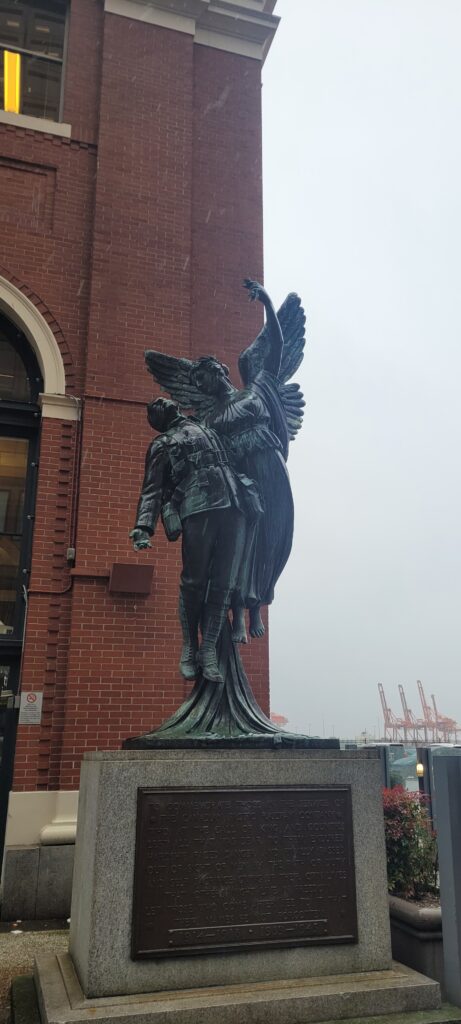
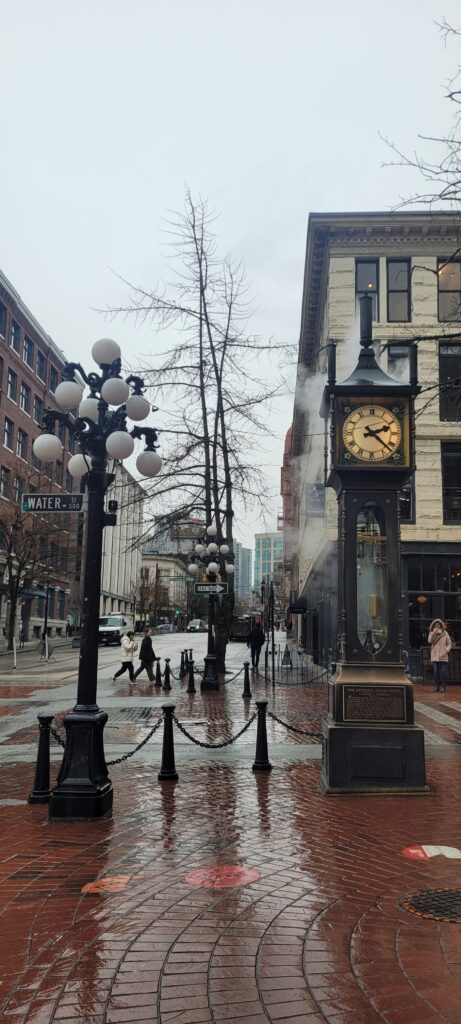
I continued my walk through Hastings Street on my way to Chinatown, but honestly, I don’t recommend this route. That stretch of Hastings is known for its high number of homeless people and visible drug use, especially substances like fentanyl. I was really shocked by the scene, it reminded me of a similar experience I had in Calgary, but this time I was alone, and I truly felt uncomfortable and unsafe. The people didn’t seem aggressive, but the atmosphere was tense, and it’s hard to ignore the sad reality that so many people are living in such difficult conditions. If you visit Vancouver, I suggest choosing a different path to reach Chinatown.
And to be honest, when I finally arrived in Chinatown, I felt a bit disappointed. I was expecting a lively neighborhood full of culture, colors, and atmosphere, but there wasn’t much to see. The area felt rather quiet and lacked the charm or energy I’ve experienced in other Chinatowns around the world. It was a short visit, and I didn’t feel the need to stay long.

Finally, I continued my walk all the way to Science World, the famous geodesic dome that has become one of Vancouver’s most recognizable landmarks. The building is actually home to the Science Museum, which offers interactive exhibitions and fun activities for all ages.
In Vancouver, my last recommendation would be to always carry an umbrella or a rain jacket (a K-way). When I woke up in the morning, the sky was often clear and the sun was shining, but the weather could change very quickly. More than once, by the afternoon, it suddenly started raining.
Subscribe to our newsletter!